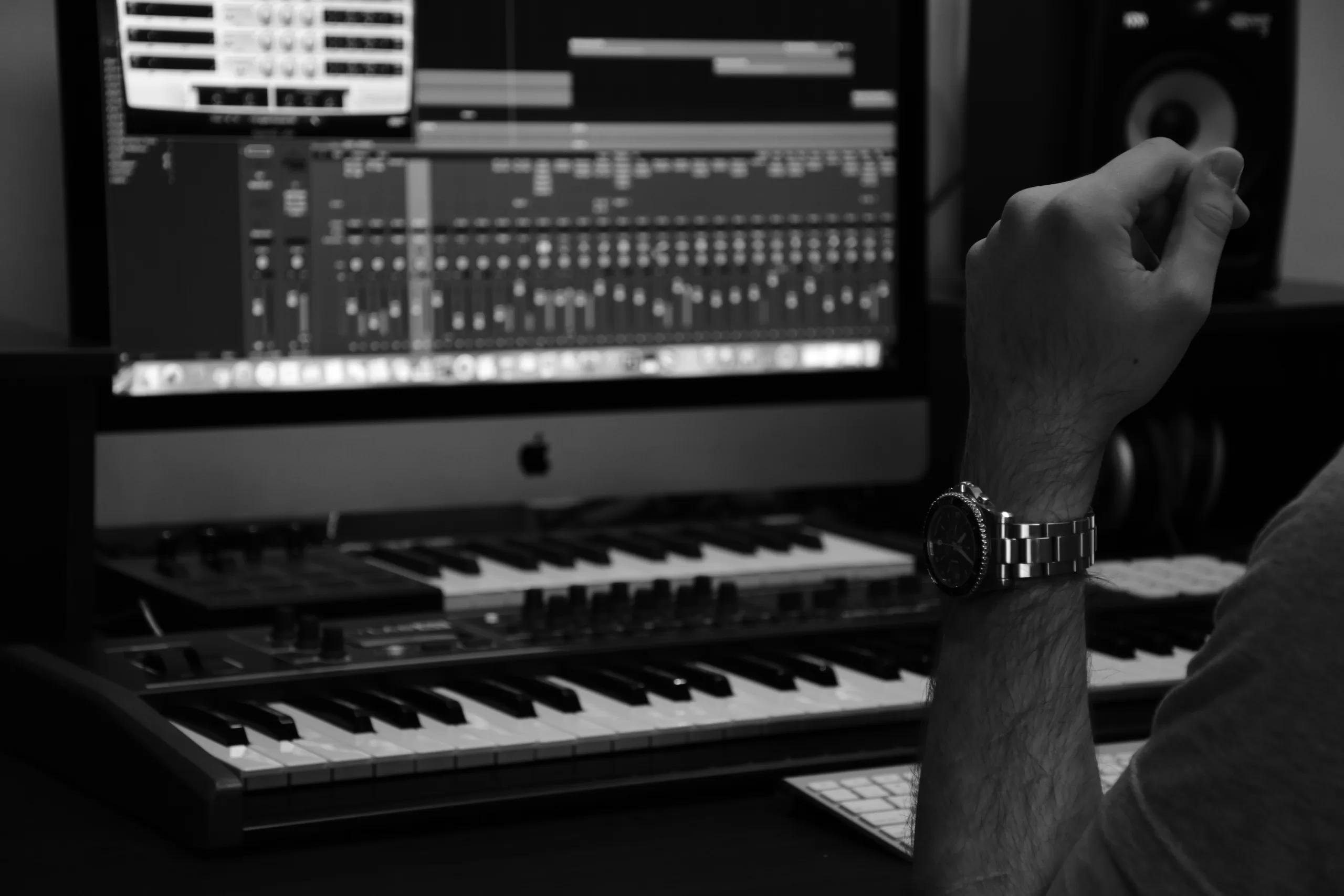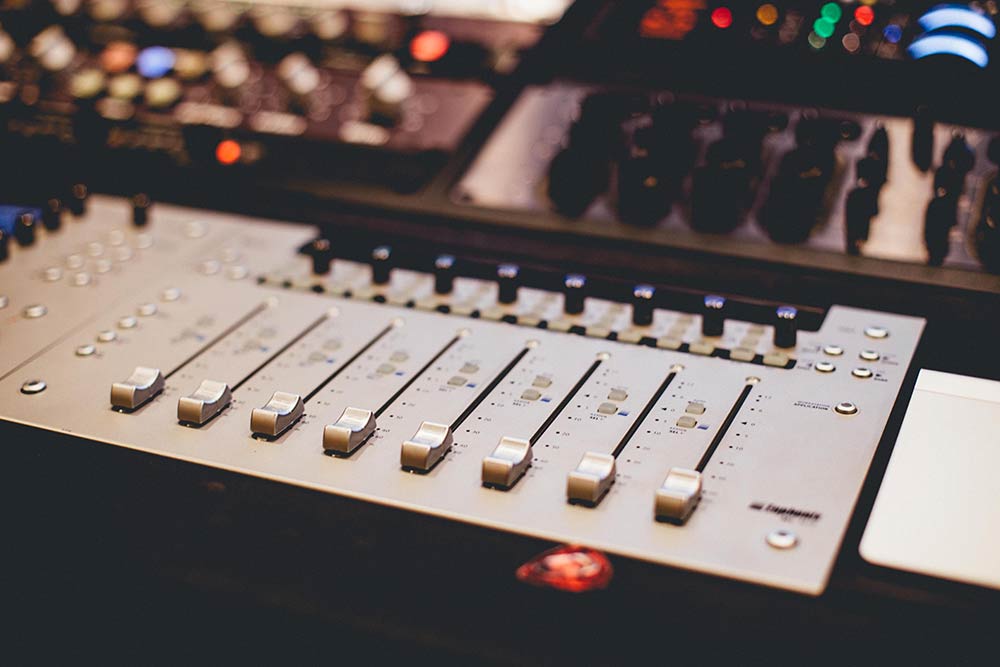
Having your own sample library can be a valuable resource for any producer, as it allows you to have a collection of sounds and samples at your fingertips that can be used in your music. A sample library can consist of a wide range of sounds, from drum samples and loops to vocal samples and sound effects. In this article, we’ll go over some tips on how to create your own sample library.
- Determine the focus of your sample library
Before you begin creating your sample library, it’s important to decide on the focus of your collection. Do you want to create a library of drum samples, vocal samples, or something else? Having a clear focus will help you to stay organized and ensure that your sample library is useful and relevant to your needs.
- Record your own sounds
One of the best ways to create a unique and original sample library is to record your own sounds. This can be anything from drum samples and percussion loops to vocal samples and sound effects. By recording your own sounds, you can create something that is completely original and tailored to your needs.
- Edit and process your sounds
Once you’ve recorded your sounds, it’s important to take the time to edit and process them. This can involve anything from cutting and trimming samples to applying EQ and effects to shape the sound. By taking the time to edit and process your sounds, you can create a collection of samples that are polished and ready to use in your music.
- Organize and label your samples
As your sample library grows, it’s important to keep it organized and well-labeled. This can involve creating folders for different categories of samples, such as drums, vocals, and sound effects, and labeling each sample with a descriptive and unique name. By keeping your sample library organized, you’ll be able to easily find the samples you need when it’s time to use them in your music.
- Backup and store your samples
Once you’ve created your sample library, it’s important to make sure that you have a reliable backup and storage solution in place. This can involve backing up your samples to an external hard drive or cloud storage service. By having a backup of your samples, you can ensure that you don’t lose any valuable sounds in the event of a computer crash or other disaster.
In conclusion, creating your own sample library can be a valuable resource for any producer. By recording your own sounds, editing and processing them, organizing and labeling your samples, and backing them up, you can create a collection of sounds that is unique and tailored to your needs. By building and maintaining a sample library, you’ll have a collection of sounds that you can use to help bring your music to life.


